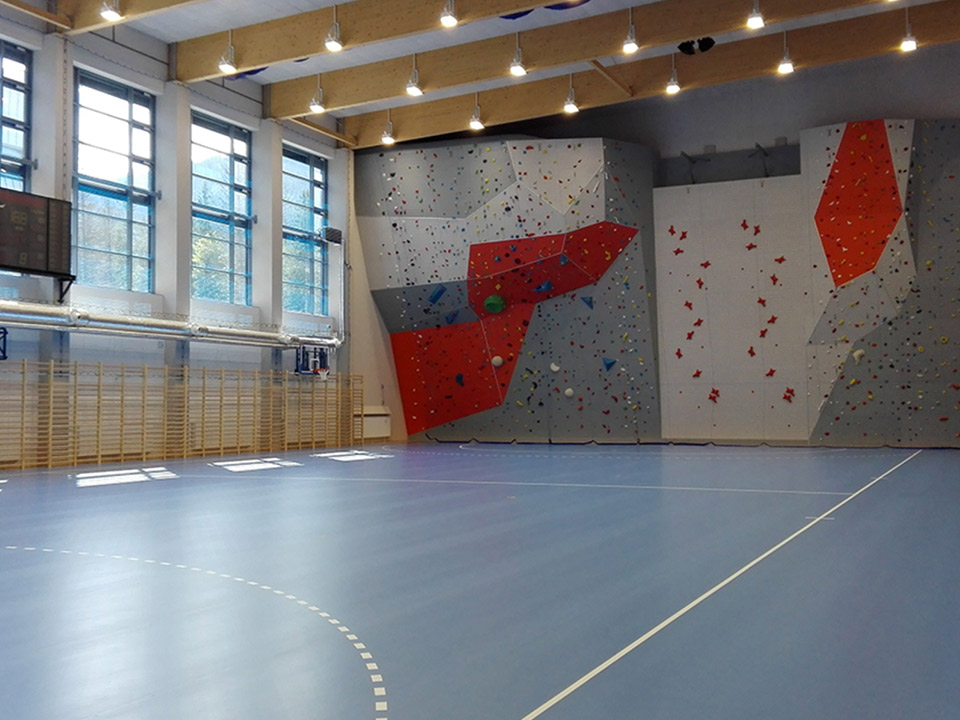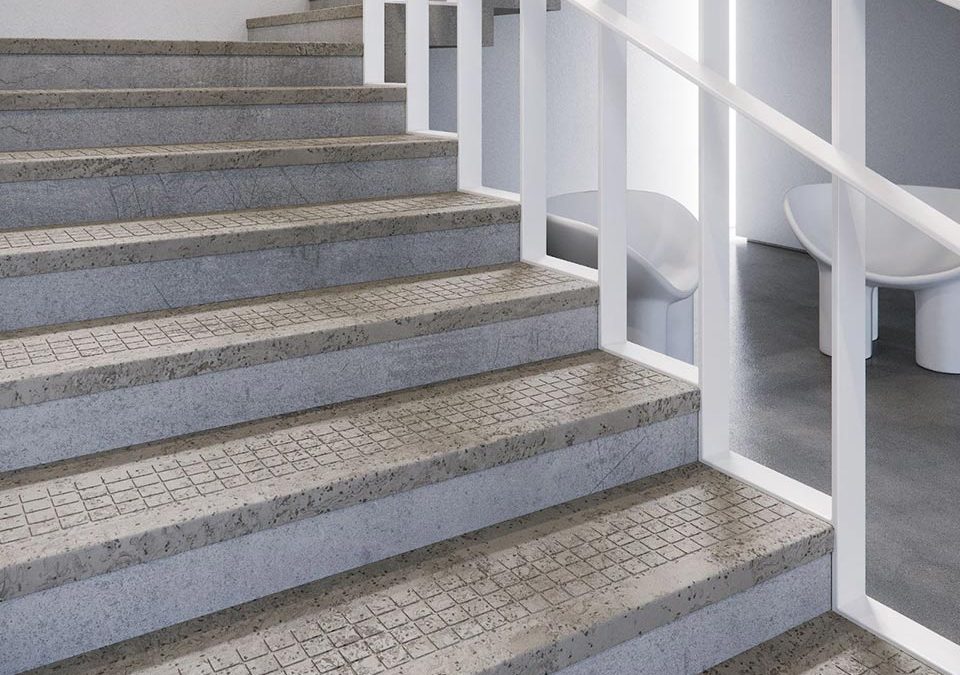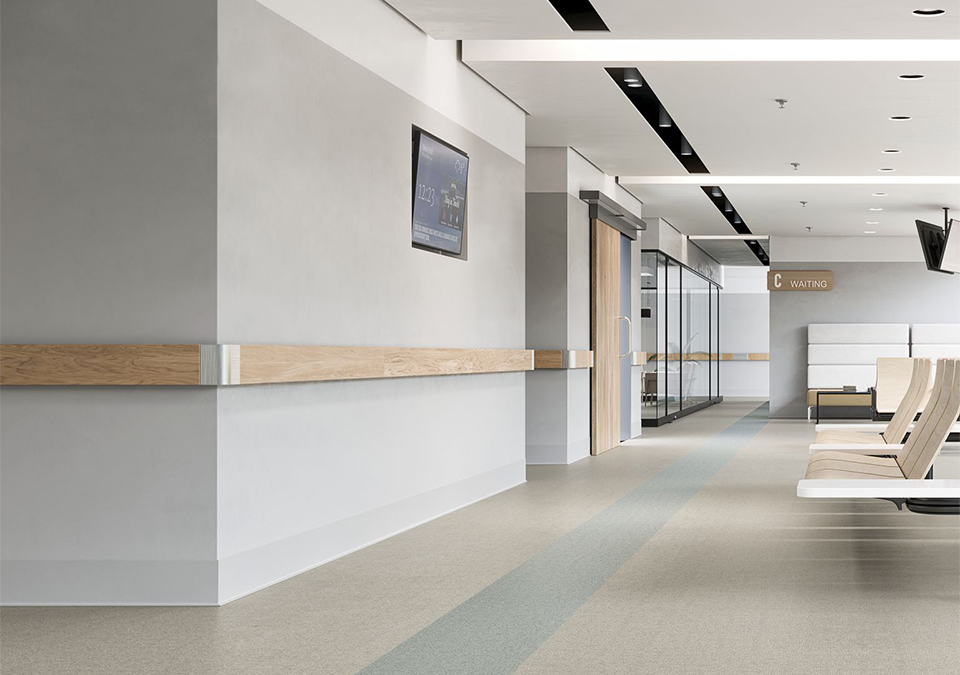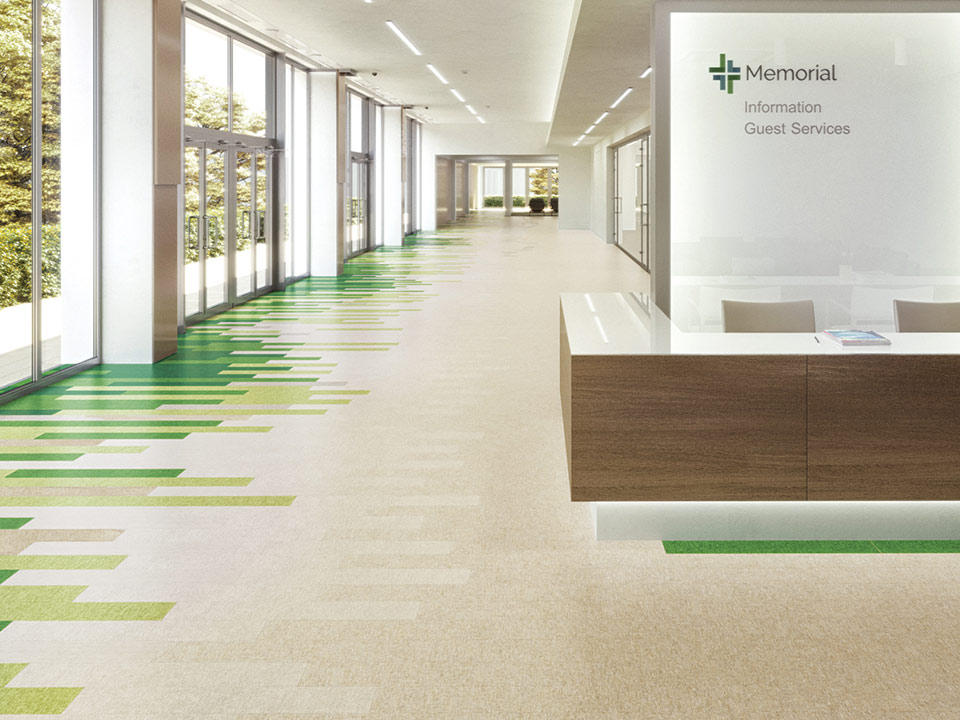
Best Type of Flooring for Gymnasiums and Fitness Centers
March 25, 2015Name a business owner who wouldn’t love an investment with a 100% return. While it may seem impossible, that investment might be as close as the floor you’re standing on.
As reported in the Chief Financial Officer Survey, an investment is worker safety, returning a $2 savings for every $1 invested. And, in fact… worker safety starts from the ground up.
American businesses spent about a little over a billion dollars a week in direct worker compensation, according to the 2013 Liberty Mutual Workplace Safety Index. That translates into a total of $55.4 billion dollars in 2013. And that number doesn’t account for the secondary costs of worker injuries. The effects of a serious injury, measured in lost time, temporary coverage and compromised productivity, flow through an organization—right to the bottom line.
Among the top ten causes of serious injury in the workplace, the second most common was slip and fall at the same level. That means that most of the debilitating falls were falls from a standing height rather than falls from a ladder or platform. These standing falls cost employers 8.6 billion dollars last year alone. But the cost doesn’t stop there—a stumble, that is slip or trip without a fall, caused injuries that cost an additional 2.1 billion dollars. Add that to the falls from one level to another, which add 4.9 billion dollars in costs—totaling 15.6 billion dollars spent just on falls alone.
While we’ve made progress in controlling many of the causes of major injury on the job, the cost of slip and fall accidents is on the rise. Just the cost of falls from the same level increased by nearly 2 billion dollars from 2012 to 2013. It’s obvious that keeping workers on their feet is good for everyone, and that’s why it’s important to consider an appropriate standing surface when designing or renovating your workspace. When considering universal safety interventions, it’s smart to start from the ground up.
So what is the appropriate flooring for a work environment? That depends on the work being done. However, there are some floor level safeguards that apply to every situation:
- Use non-slip tread on all stairways.
- Ensure floors are within ADA requirements.
- Place non-slip mats in entryways and other trouble spots as needed.
- Install non-slip surfaces, especially around machinery and equipment.
- Keep carpeted areas clean.
- Make sure all carpets are secured to the floor.
- Replace worn or frayed carpets.
- Never cover worn spots with throw rugs or small mats.
- Remove equipment or supplies that protrude into walkways.
- Remove electrical cords or cables that lay on the floor that may present a trip hazard.
- Use permanent cord covers when cables cross walkways.
- Use anti slip flooring where spills, moisture or grease are present.
- Repair any holes or loose boards in flooring.
- Look for protruding objects or curling tiles that can snag shoes or clothing.
- Clearly identify steps, ramps and other elevation changes.
- Look for smooth transitions between flooring materials.
- Make sure shiny floors don’t create glare.
- Ensure that safety mats do not move underfoot.
To increase worker safety, evaluate the type of flooring in your workplace for slip resistance. Some materials reduce hazards better than others. For example, hard, shiny flooring that is slippery when wet can be covered with carpeting, offering better traction without losing visual appeal. Consider the characteristics of your workplace’s flooring as a tool to enhance safety. Ask your supplier about the pros and cons of each flooring option if you’re planning to replace, build or remodel working space.



